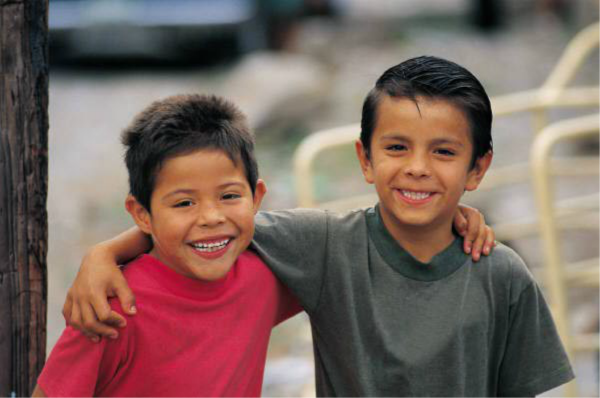Chinese Literacy Vol. 1
Review: How characters are formed
形
Form
Pictographic Characters
The earliest Chinese writings originated from pictures to represent tangible objects from the daily life and natural environment of early Chinese societies.
Please click the following characters which represent a tangible object.
日
日
is a pictographic character representing a tangible object. Please click one of the following pictures which matches the character.



羊
羊
is a pictographic character representing a tangible object. Please click one of the following pictures which matches the character.



月
月
is a pictographic character representing a tangible object. Please click one of the following pictures which matches the character.



川
川
is a pictographic character representing a tangible object. Please click one of the following pictures which matches the character.



牛
牛
is a pictographic character representing a tangible object. Please click one of the following pictures which matches the character.



山
山
is a pictographic character representing a tangible object. Please click one of the following pictures which matches the character.



老
老
does not represent a tangible object. Please try again.
馬
馬
is a pictographic character representing a tangible object. Please click one of the following pictures which matches the character.



Indicative Characters
Build upon existing pictographic characters with additional symbols, or created a new symbol to express abstract ideas.
Please click the following characters which belong to this type of character.
火
火
does not belong to this group of characters. Please try again.旦
Correct!



日
rì sun →
旦
dàn dawn
木
木
does not belong to this group of characters. Please try again.中
Correct!
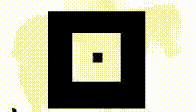
中
zhōng center
上
Correct!

上
shàng above
凸
Correct!

凸
tū protruding
刀
刀
does not belong to this group of characters. Please try again.馬
馬
does not belong to this group of characters. Please try again.義
Meaning
Ideographic Characters
Ideographic characters were formed by choosing from existing characters (pictographic and indicative characters) and combining them as components to form a new character.
Some ideographic characters are created by repeating elements which indicate "many", "large amount", or "a group".
Please click the following characters which belong to this type of character.
木
Correct!
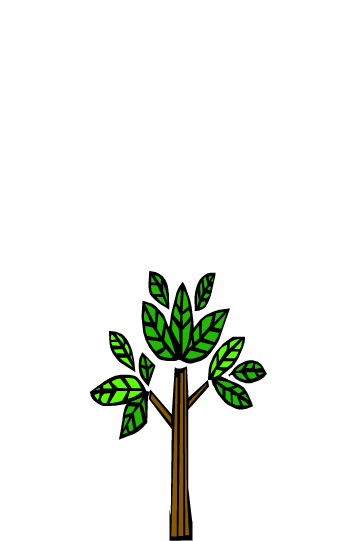
木
mù wood
↓

林
lín woods
↓

森
sēn forest
中
中
does not belong to this group of characters. Please try again.
火
Correct!

火
huǒ fire
↓
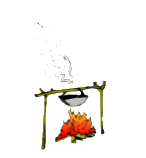
炎
yán burning hot
↓

焱
yàn blazing flames
馬
Correct!



馬
mǎ horse;
↓
騳
dú horses running
↓
驫
biāo a horde of horses
山
山
does not belong to this group of characters. Please try again.
|
Ideograph characters combine the existing pictographic and indicative characters to form a new character.
Some ideograph characters are created by making sense out of two or more different characters. You can treat these characters like riddles. Please drag the following characters into a box to solve the riddles. |
Borrowed Characters
Spoken words borrow existing characters to represent the new meanings.
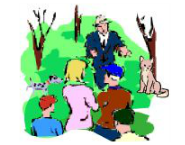
Example: the third-person pronoun
(it; he; she; them; its; his; her; their)
Originally the "third-person pronoun" only had a sound qí and did not have the written character.
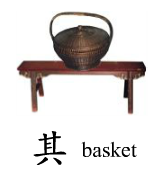
The character其
(basket) also had the sound qí. The charater was a stool (⺎
)
with a pictograph of a basket on top.
The character其
was then borrowed for the third-person pronoun.
⺎
)
with a pictograph of a basket on top.
The character其
was then borrowed for the third-person pronoun.
The story of
朋
péng
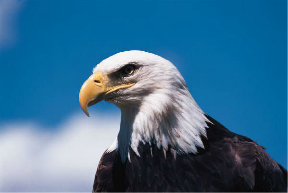
Péng was the character for a giant bird. The character was a pictograph of two wings.
